In Science we have been busy learning how to classify animals. We started off completing an activity where we had to classify lots of pictures of animals into groups. The first two groups we needed to sort our animals into were vertebrates and invertebrates. Vertebrates are animals with backbones and Invertebrates are animals without backbones. We then needed to sort our vertebrates group into a further five groups. A description of these five groups can be found below.
Birds
Birds have a back bone, they have feathers. They lay eggs in a nest. The eggs have a hard shell. They have a steady body temperature. Examples: Eagle, Hawk and Falcon.
Written By Kevin
Illustrated by Alex
Fish
Fish have a backbone, fins and scales. They lay eggs in water and use gills to get oxygen from the water. They do not have a steady temperature. Examples of fish: Stingray, Puffer Fish and a Shark.
Written by Joshua
![]()
Illustrated by
Amphibians
Amphibians have a backbone. They lay eggs in water. During their life cycle they change from a stage when they live entirely in water to a stage when they can live in water and on the land. They do not have a steady body temperature.
Examples: Frog , Toad, and Salamander.
Written by Luke
Illustrated By Isabella B
Mammals
Mammals have a back bone. They have hair or fur on their bodies.They have live babies and they feed their babies with milk. They use lungs to breathe. They have warm blood which means they have a steady body temperature.
Examples: Lion, Tiger and Monkey.
Written by Alicia
Illustrated by Mikayla
Reptiles
Reptiles have a backbone. They have scaley skin. They lay eggs on land. They have lungs to breathe, but they dont have a steady body temperature. Examples: Snake, Turtle and Lizard.
Written and Illustrated by Josh


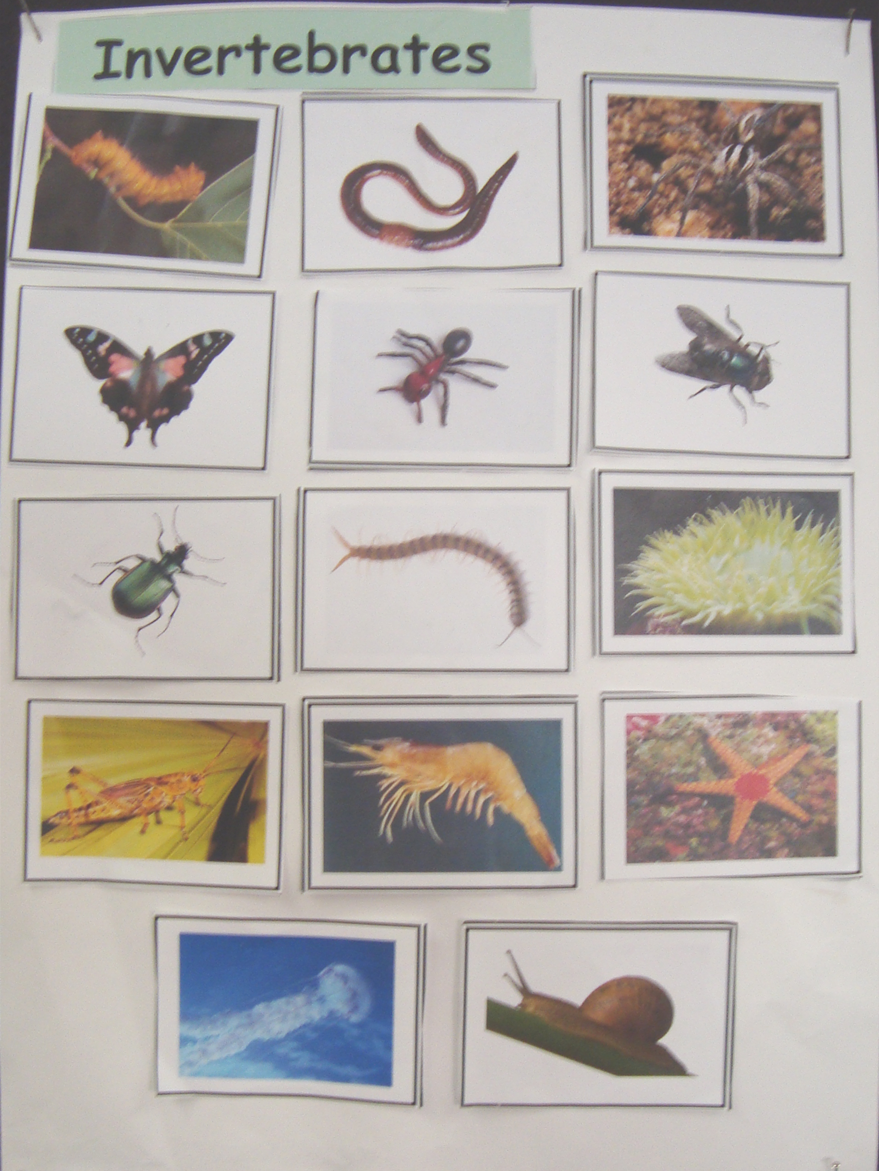
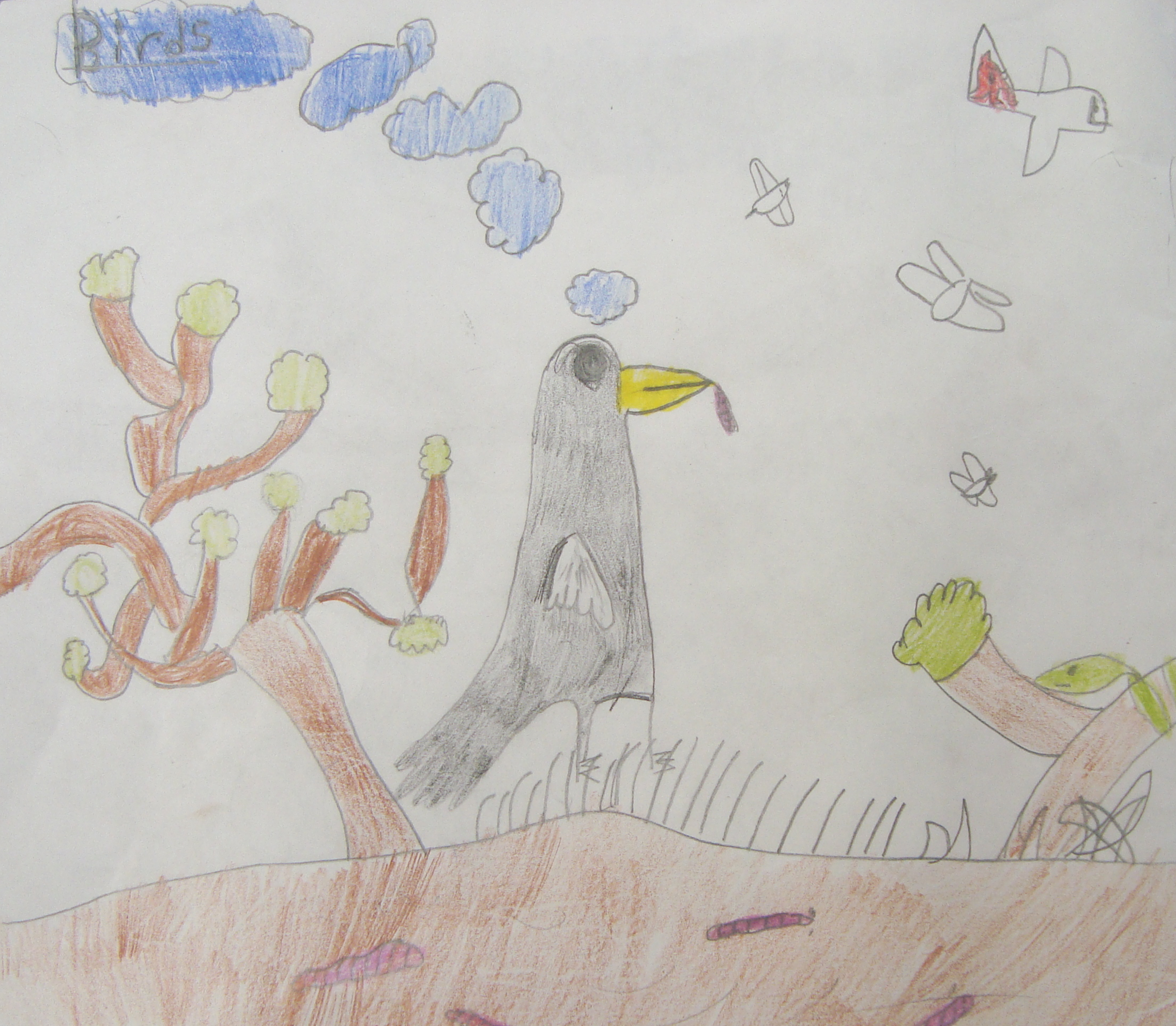
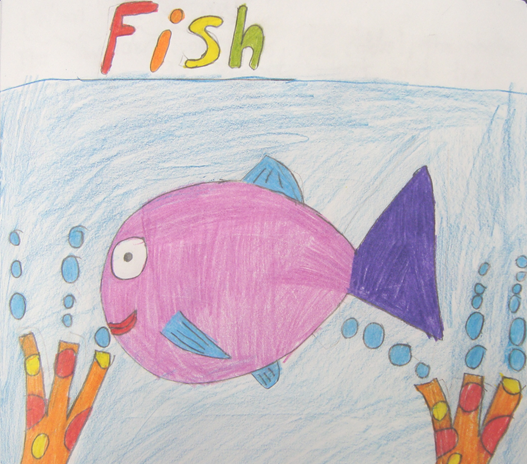
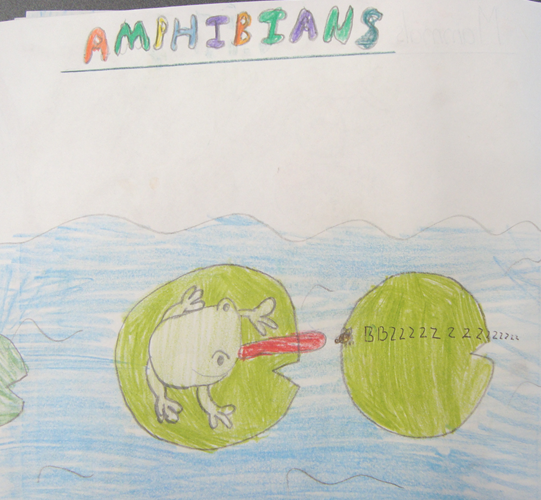
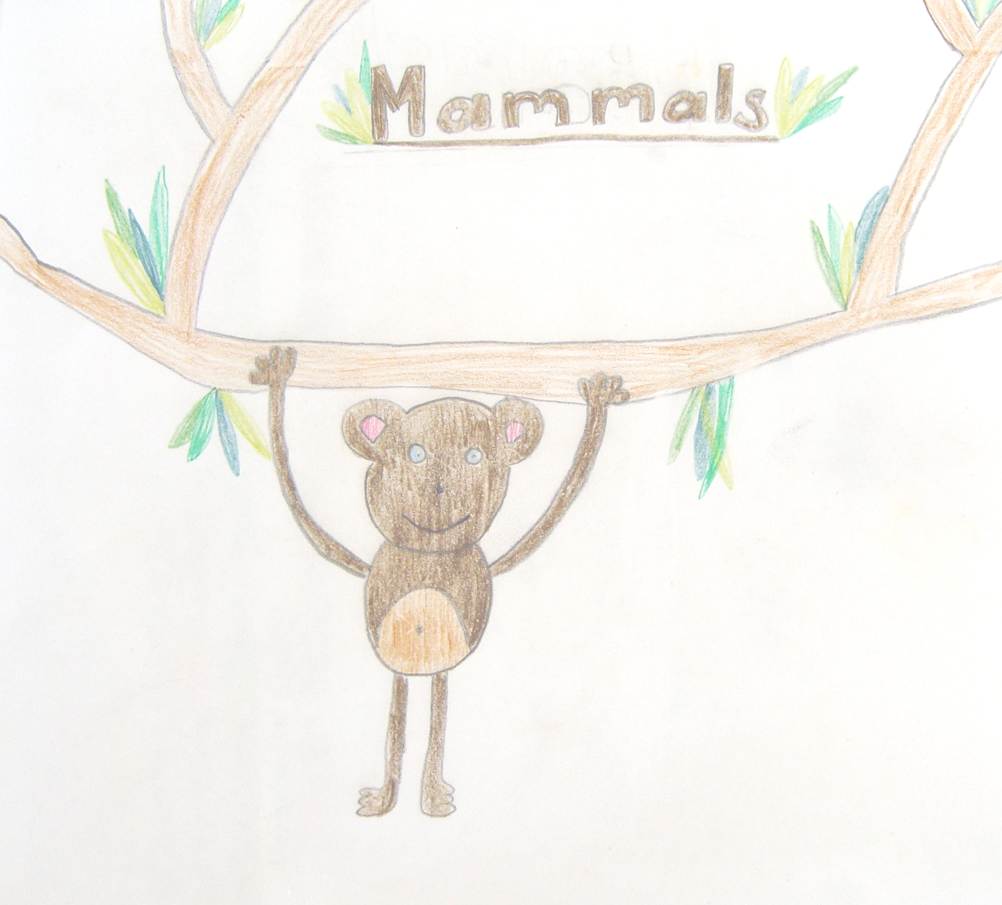


September 14, 2011 at 7:09 AM
I think this was a fascinating science project mr baldock!!!!! : ):)